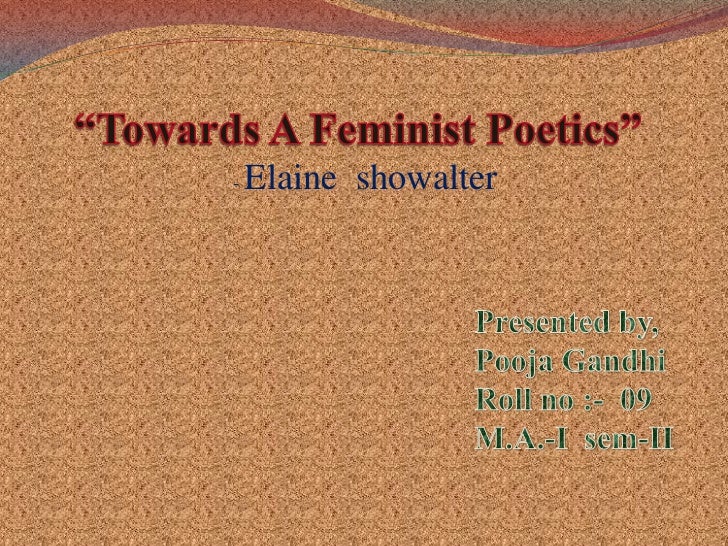


The introduction to this edition takes on the critiques of Moi and others as Showalter sets out to show that this book, both "imitated and reviled" (xv), has been central to the development of feminist criticism. Mois lucid explanations ofdevelopments in deconstructive and French feminist post-strucuralist theory were built, as her opening section on Woolf shows, on opposing Showalter's position and revealing its untheorized assumptions. I first came to this book in the mid-eighties, through the rather hostile mediation of Toril Mois Sexual Textual Politics. Her work was indeed that of "rediscovery," mapping widely rather than mining deeply the territory of "women's writing," helping to launch a new area for literary investigation and giving "institutional legitimacy" to the field (xxi). In the case ofthe sensation novelists, particularly, her focus has been instrumental in creating the saliency they enjoy in Victorian studies today. It is not so much her remarks on the Brontes or George Eliot or Woolf that give this book its enduring quality, but the range of its references to writers such as Dinah Mulock Craik, Margaret Oliphant, Mrs Humphrey Ward, Rhoda Broughton, Mary Elizabeth Braddon, and the Suffrage movement writers. What impressed me then, as it impresses me now, was the groundwork that Showalter laid in reviving interest in long-forgotten women writers of the period.

pp.347 + xxxiii JillMatus Reading this "expanded edition" of Elaine Showalter's A Literature ofTheir Own, I cast my mind back to my first encounter with this now classic text of feminist literary criticism. Princeton, NJ: Princeton University Press, 1999. Revi e w Forum Elaine Showalter, A Literature ofTheir Own. In lieu of an abstract, here is a brief excerpt of the content:


 0 kommentar(er)
0 kommentar(er)
